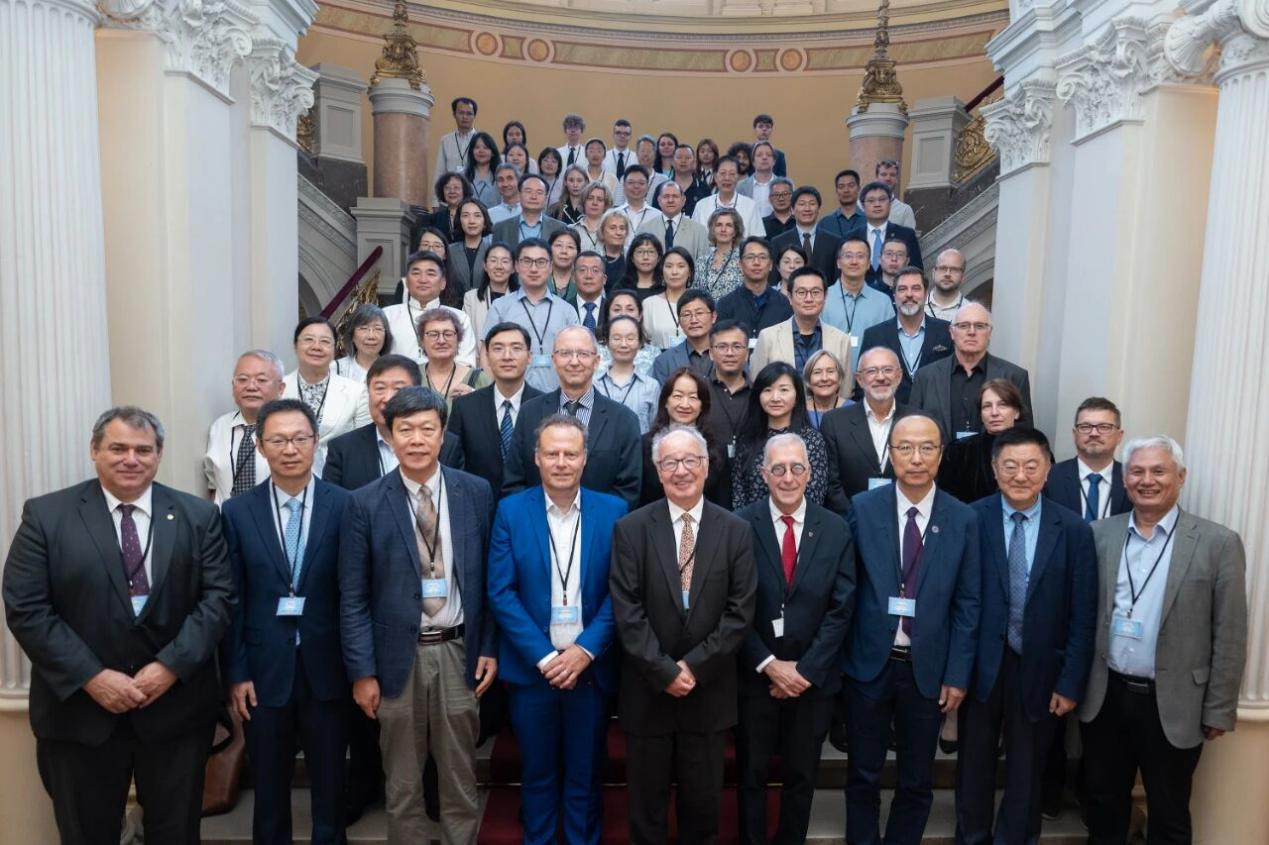
On September 9-10, 2025, the “ANSO-MTA Silk Road Forum & The 3rd ATES Open Science Conference” was successfully held in Budapest, Hungary. This event was jointly organized by the Alliance of National and International Science Organizations for the Belt and Road Regions (ANSO), Hungarian Academy of Sciences (MTA), Association for Trans-Eurasia Exchange and Silk Road Civilization Development (ATES), Research Centre for the Humanities of Eötvös Loránd University (RCH ELTE), Institute of Tibetan Plateau Research, Chinese Academy of Sciences (ITPCAS), Eötvös Loránd University, Lanzhou University, International Geographical Union (IGU) Commission on “Silk Road Civilization and Environment” (SCE), and UNESCO International Decade of Science for Sustainable Development (IDSSD).
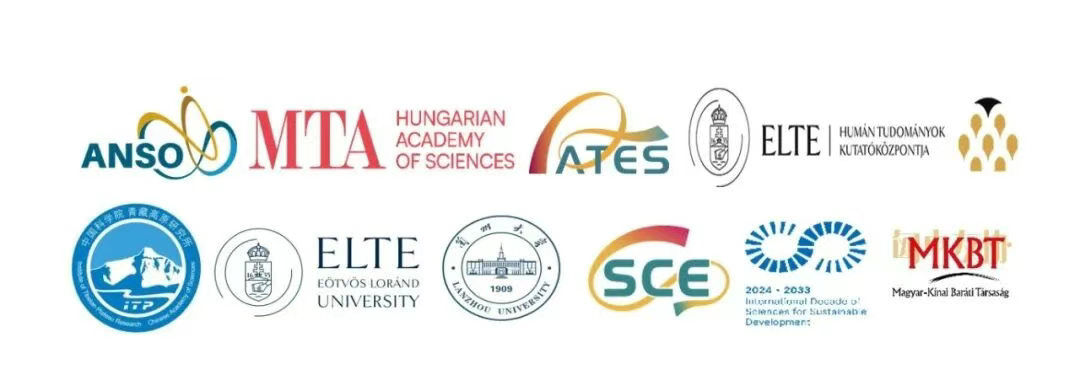
This pivotal academic event, jointly initiated by China and Hungary to celebrate the 200th Anniversary of the Hungarian Academy of Sciences, convened more than 80 distinguished researchers from Hungary, China, France, Germany, Italy, Austria, the United States, Mongolia, etc. The Participants explored the cutting-edge topics such as human migration across Eurasia, the origin of agriculture and early farming, the relationship between environmental change and human activities along the Silk Road, and the East-West exchange on culture, science and technology.

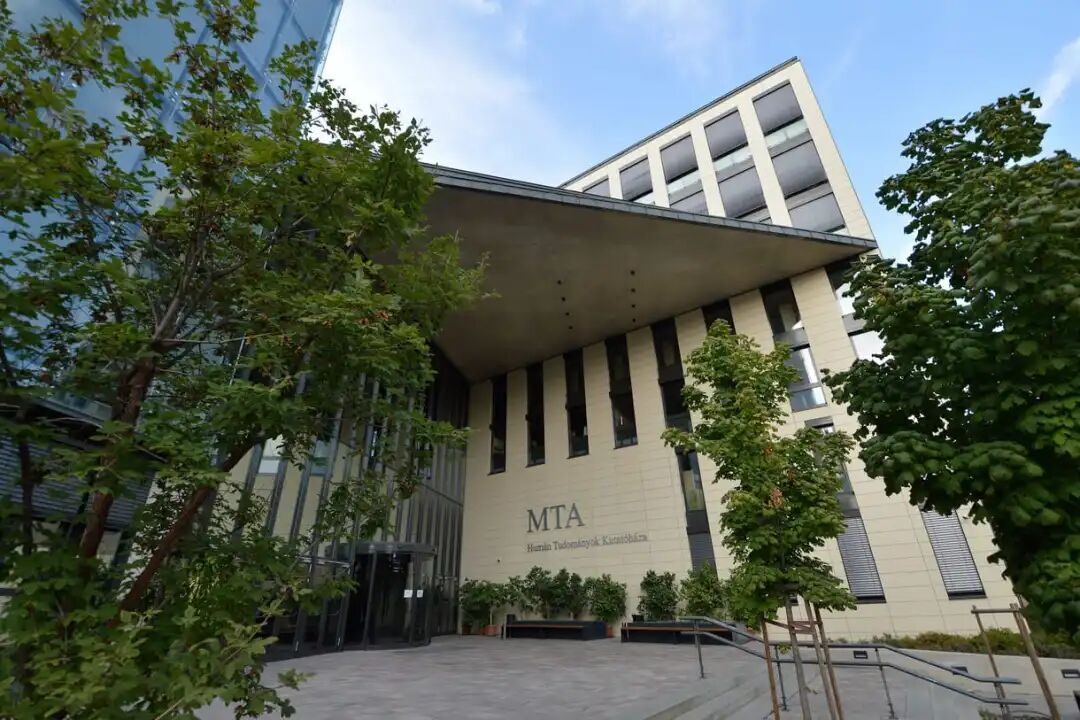
The opening ceremony was chaired by Prof. Michael Meadows, Co-Chair of ATES. In his address, Prof. Ferenc Hudecz, Vice President of the Hungarian Academy of Sciences, delivered keynote remarks underscoring Hungary's longstanding historical ties to the Silk Road, highlighting its role as a crucial connecting point for East-West exchange. He advocated for interdisciplinary research on the Silk Road as a catalyst for enhancing international collaboration. Prof. Weidong Liu, Director General of the Bureau of International Cooperation of the Chinese Academy of Sciences (CAS) and Executive Director of ANSO, congratulated the Hungarian Academy of Sciences on its 200th Anniversary on behalf of CAS. He emphasized that CAS and ANSO have been committed to fostering S&T cooperation with Hungary and other European countries, and this forum, focusing on human-environment interactions along the Silk Road, will provide fresh momentum to the research on regional sustainability. Prof. Fahu Chen, Co-Chair of ATES, expressed his gratitude to all co-organizing institutions. He pointed out that Hungary, serving as a key hub between Asia and Europe, will assume a significant role in ATES interdisciplinary research through comprehensive collaboration between China and Europe.
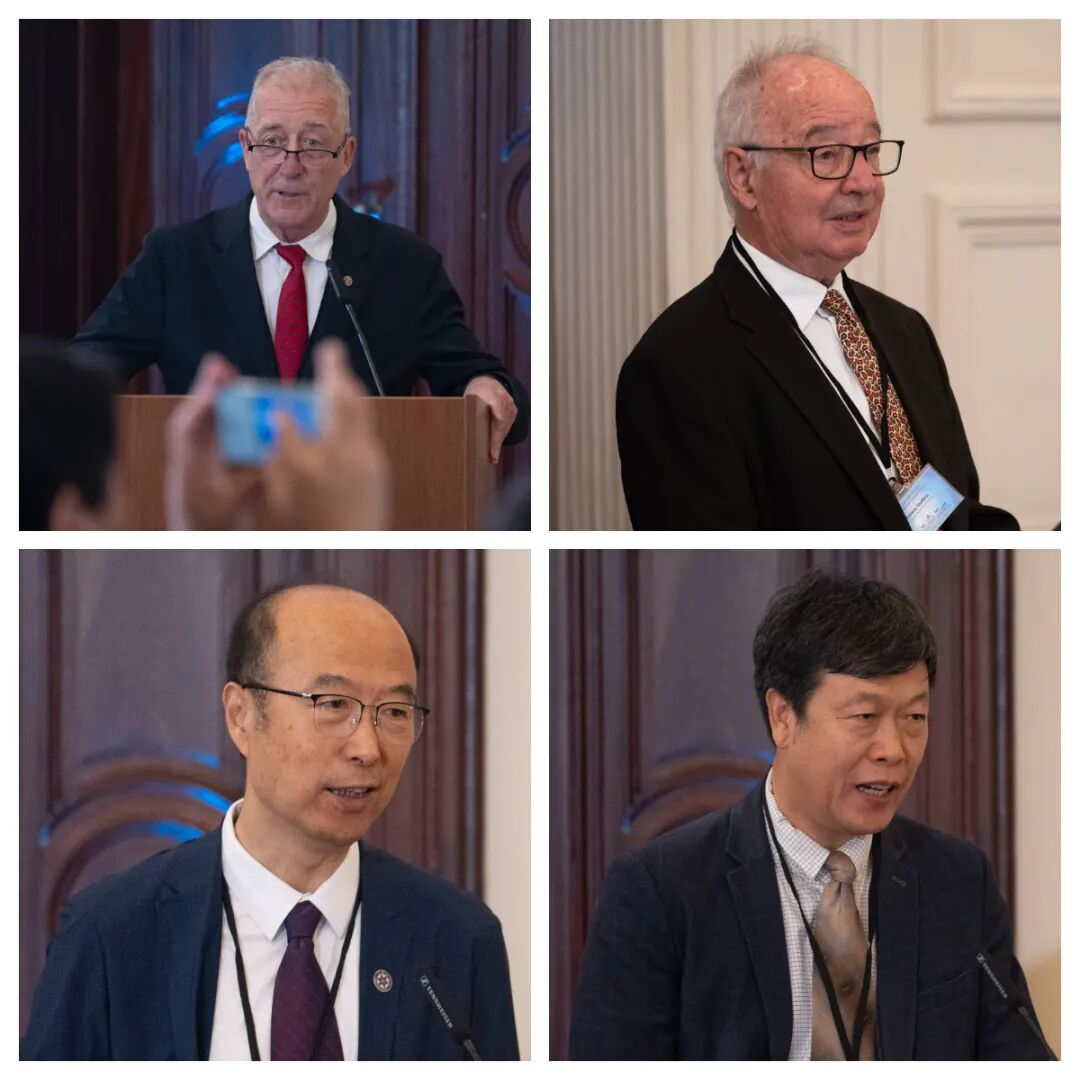
Prof. Antal Molnár (Deputy Director of General of RCH ELTE), Prof. Imre Hamar (Director of the Institute of East Asian Studies, ELTE), Prof. Xuliang Zhuang (Acting Director of ITPCAS), Prof. Xiaohua Gou (Vice President of Lanzhou University), and Mr. Hua Liu (First Secretary of the Chinese Embassy in Hungary) delivered their opening addresses. Together, they extended a warm welcome to participants from across the globe, emphasizing the conference's role in establishing a high-quality dialogue platform for global scholars, fostering collaborative international research, and facilitating the advancement of science, technology, and culture studies along the Silk Road.
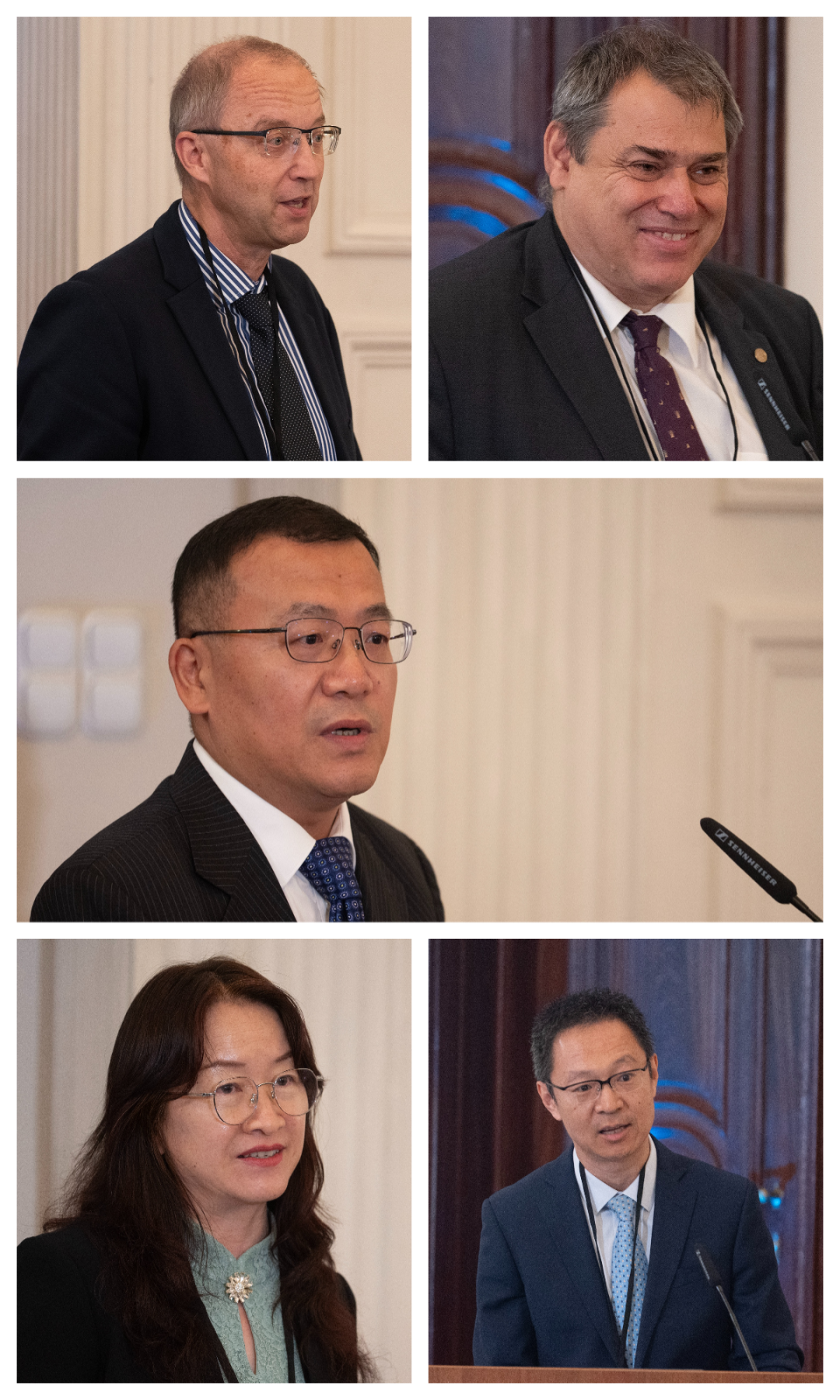
At the opening ceremony, Prof. Jürg Luterbacher, Co-Chair of ATES, officially announced the launch of the “Association for Trans-Eurasia Exchange and Silk Road Civilization Development (ATES) Science Plan (2025-2030)”. Co-edited by Fahu Chen, Michael Meadows, Jürg Luterbacher, Ailikun and Juzhi Hou, the plan consists of four chapters detailing ATES’ strategic goals and challenges, overview of the Silk Road, research priorities of ATES, and governance and outreach.
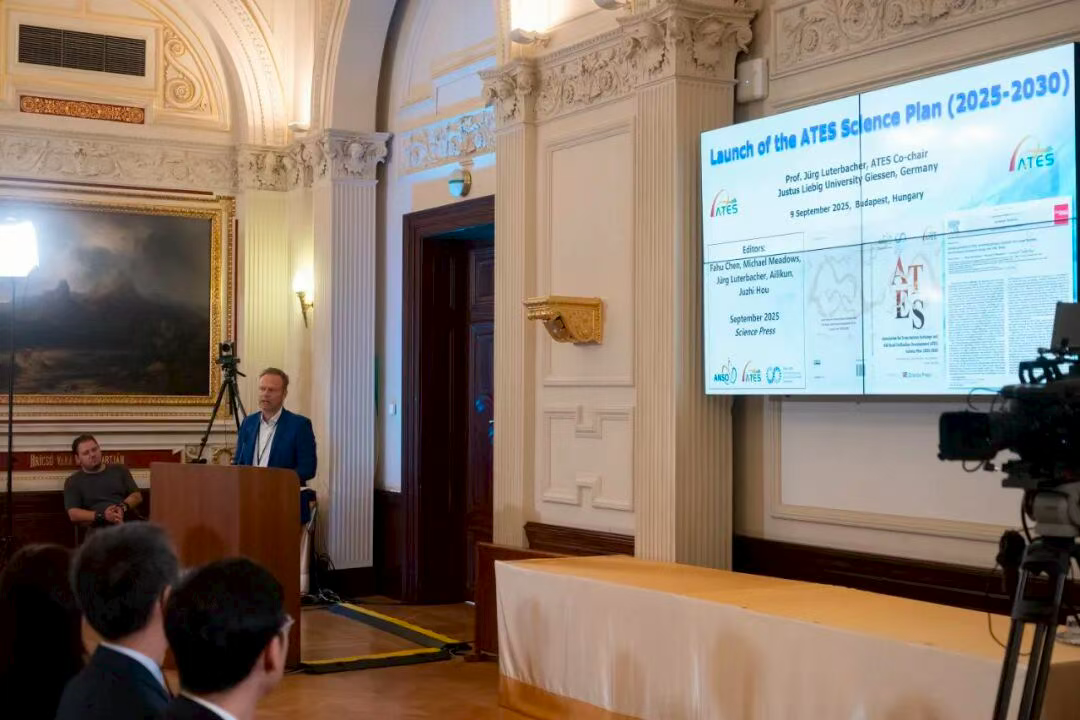

Concentrated on the core theme of “The relationship between climate/environmental changes and human activities along the Silk Road”, the ATES science plan consists of six research priorities, each corresponding to dedicated working groups. These include: 1) Paleolithic culture human migration; 2) Origin of agriculture and diffusion of early farming and herding; 3) Development of the transport network and towns; 4) Evolution and circulation of culture, science and technology; 5) Genetic history of Silk Road populations; 6) Human-environment-climate interactions. This plan, a culmination of two years of dedicated effort, involved the collaborative input of over 50 global experts in its initiation, drafting, and revision. It was formally published by Science Press in September 2025. You can read the Science Plan at this website:
https://zlib.zkcmkj.com/redirect/bookdetail?t=bookdetail&arg=14c929a69c2e422b8b292e07d414fcb9
(Please scan the QR code blow to read the Science Plan)

The conference program was organized into plenary keynote talks, parallel sessions, panel discussion and exhibitions, with a group of world-renowned researchers delivering their latest achievements. The plenary keynote talks mainly cover three topics: climate and environmental changes along the Silk Road; Neolithic transitions across Eurasia; East-West cultural and economic exchanges.
Regarding the climate-environmental changes, Prof. Fahu Chen from ITPCAS, gave a detailed introduction on the main research progress of each ATES working group; Prof. Bojie Fu from the Research Center for Eco-Environmental Sciences/CAS, expounded on the evolution of the social-ecological system of the China Loess Plateau; Prof. Lin Ding from ITPCAS revealed the uplift process and formation mechanism of the Tibetan Plateau and the Iranian Plateau in the Neo-Tethys; Prof. Michael Meadows from Nanjing University/University of Cape Town put forward the ideas for supporting the current sustainable development by analyzing the characteristics of Quaternary and Holocene climate change; Prof. Jürg Luterbacher from the University of Giessen, Germany, presented the past and future climate and environmental changes in the Great Ordos region of the middle Yellow River basin in China; Prof. Suzanne Leroy from Aix-Marseille University, France, introduced the paleoenvironment and paleoclimate changes of the Caspian Sea and its eastern basin since the Last Glacial Period; Prof. Maria Sanchez Goni from EPHE-PSL, France, shared her research on how the warm climate during the Ice Age affected the evolution and migration paths of humans on the Eurasia.
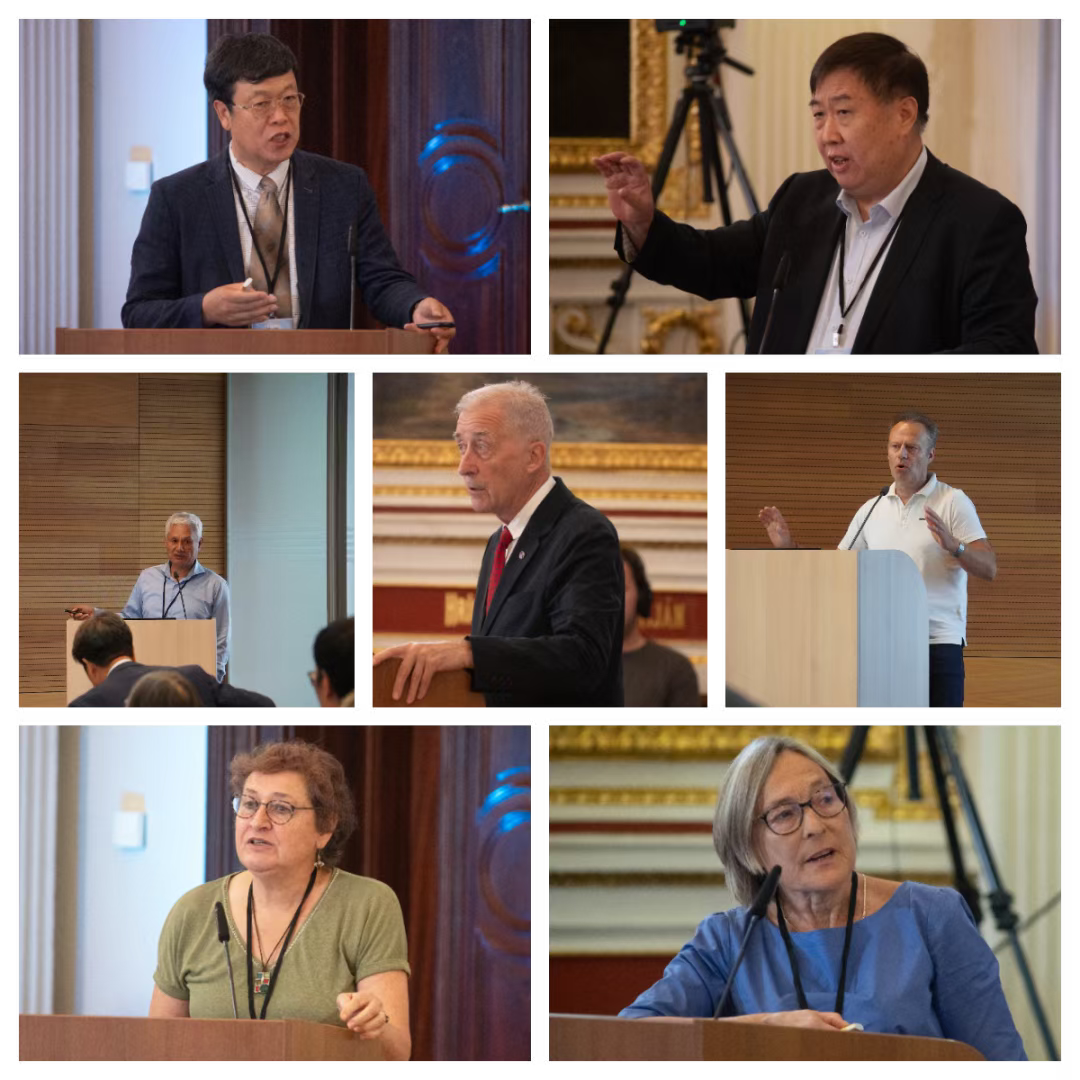
On the topic of Neolithic transition, Prof. Liu Xinyi from Washington University in St. Louis, USA, reviewed the research and theory on agricultural and linguistic diffusion between Europe and East Asia; Prof. Ron Pinhasi from the University of Vienna, Austria, analyzed the genetic and migration patterns of populations in Eastern Europe, Central Asia, and East Asia during the Neolithic. Prof. Eszter Bánffy from RCH ELTE, Hungary, presented cross-disciplinary research findings on the Neolithic transition in the Sárkö region of south Hungary during 6000-5500 BCE.

On the topic of East-West cultural and economic exchanges: Prof. Francesco d’Errico from the University of Bordeaux, France, interpreted transcontinental cultural interactions between Africa, Europe, and East Asia during the Paleolithic; Prof. Michael Frachetti from Washington University in St. Louis, USA sorted out the rise and development of Silk Road cities and towns from prehistoric to historical periods; Prof. Nicola Di Cosmo from the Institute for Advanced Study, Princeton, USA, discussed trade exchanges inside and outside the northern Great Wall during the Warring States Period; Prof. Imre Hamar from the Institute of East Asian Studies, ELTE, Hungary, talked about the influence of Buddhism from Khotan on Chinese culture.

The conference also set up four parallel sessions: 1) Human migration and the Silk Road transport network; 2) The origin of agriculture and early farming and herding; 3) Human, environmental and climate interactions: past, present and future; 4) Silk Road culture and language studies, and East-West exchange on science and technology. Nearly 40 experts and scholars gave oral presentations at these four sessions.
Besides the scientific presentations, the Library and Information Center of the Hungarian Academy of Sciences and the Research Centre for the Humanities of ELTE, jointly organized the “Exhibition on Hungarian Scientists’ Expedition Exploring the Silk Road”. The exhibition showcased prominent Hungarian scientists who conducted field observations in Western China and Central Asia from the late 19th to the early 20th centuries, as well as the work of Prof. Eva Schmidt, a distinguished Hungarian linguist and ethnologist who conducted research in Western Siberia from the 1970s to the 2000s.
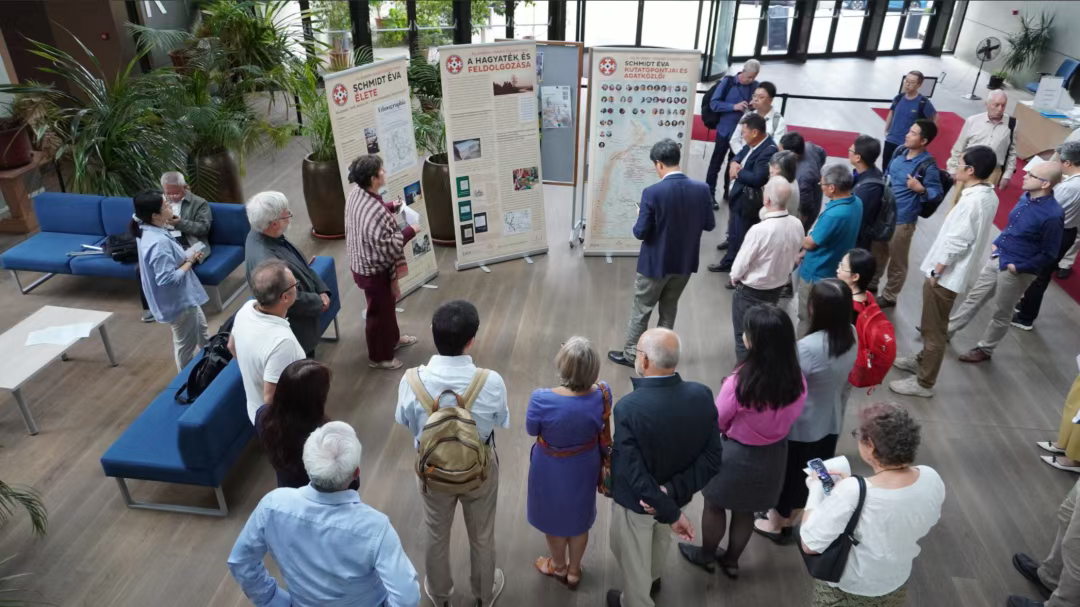
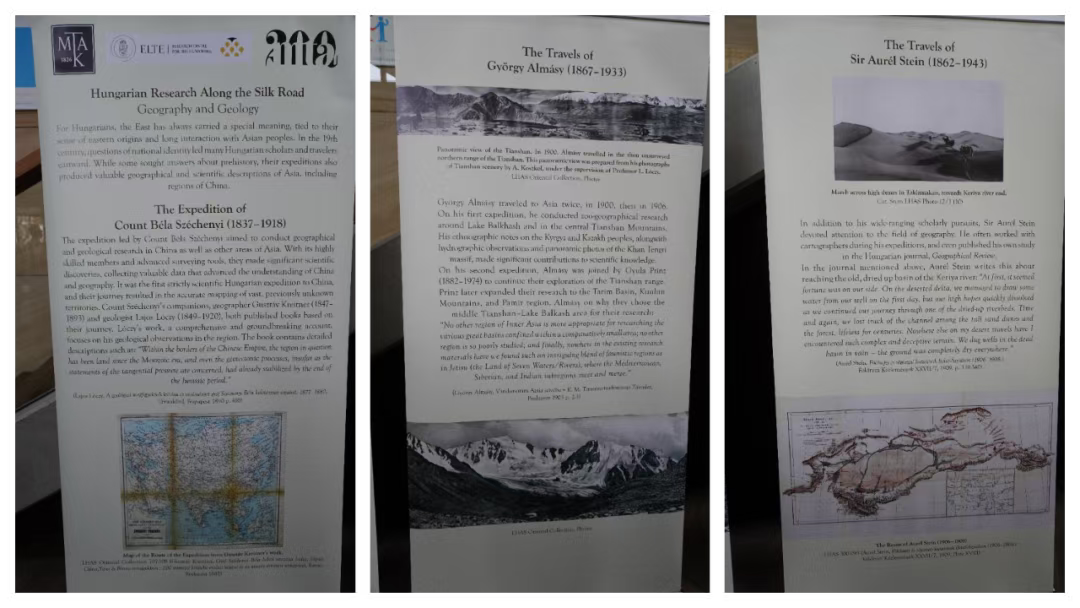
During the panel discussion, panelists and audiences engaged in in-depth discussions on the topics of ATES’ high-potential scientific priorities and future directions, data/models/methods gaps for interdisciplinary research, and ATES’ core cooperative institutions and partners. They provided valuable insights, proposed practical recommendations, and offered constructive suggestions to ATES’ future development.
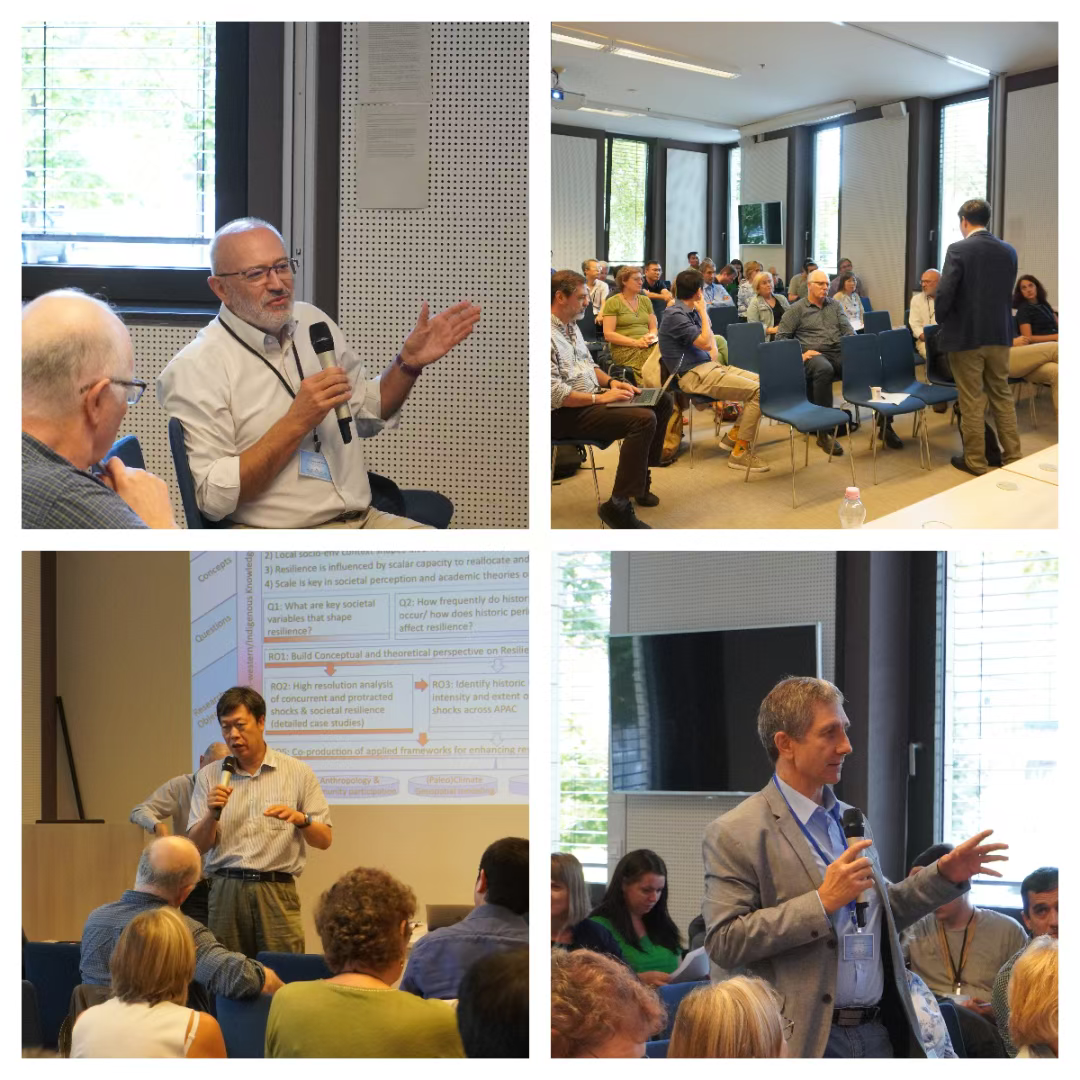
This conference has established a dynamic platform for communication among experts and scholars, especially for young and early-career scientists, facilitating the exchange of impactful scientific findings, promoting regional and global partnerships, and advancing collaborative interdisciplinary Silk Road studies.
(source of photos: Tamás Szigeti, Levente Szilagyi and Ailikun)